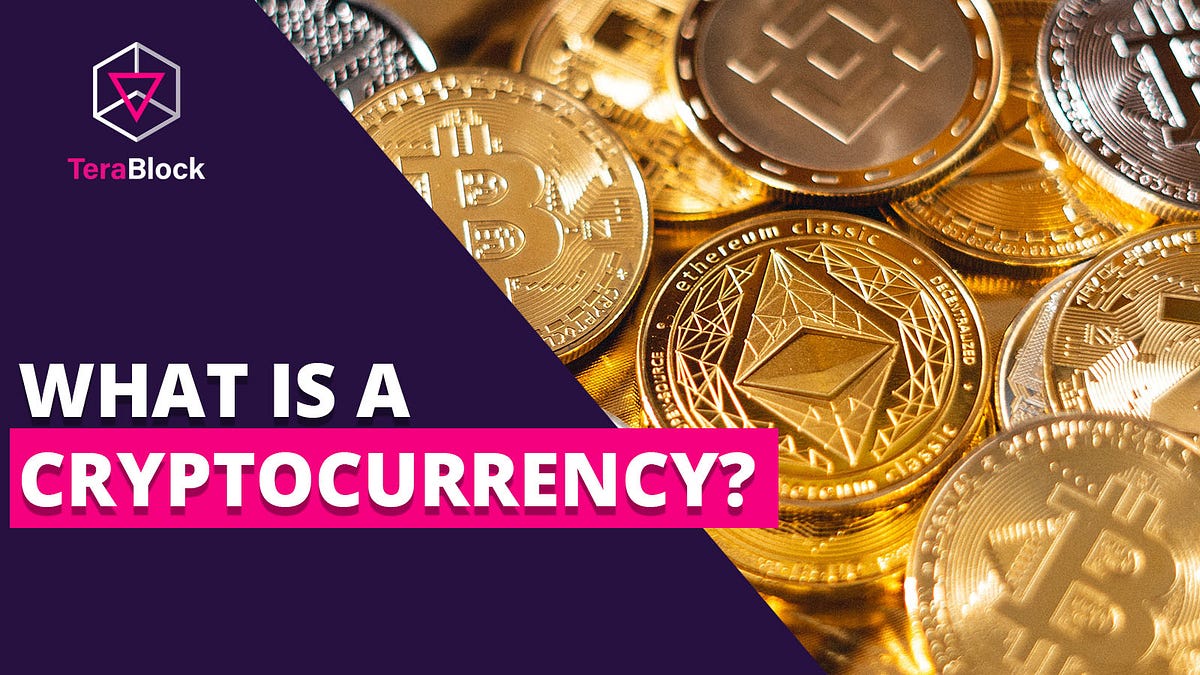All about cryptocurrency
Fees: Understand all exchange fees before choosing a platform. Most exchanges charge fees based on the percentage of cryptocurrency you trade, but others might have a fixed price https://australia-casino-review.com/. Look for other fees, such as a maker/taker fee and transfer fees, when you sell crypto and transfer profits to your bank account.
Makers bring liquidity to the marketplace. There are makers and takers on either side of the purchase coin. There are makers for both buy and sell orders, and consequently, there are takers for both buy and sell orders. An order book is the ledger on which available orders yet to be fulfilled are recorded.
To lock in any profits if the market moves in your favour, you can also enter a limit level. Here, your trade will be automatically closed to secure positive returns as soon as the market reaches the price you’ve set.
You can utilize advanced order types to lock in profits or protect yourself from losses. For instance, stop-loss orders allow traders to limit losses when a trade goes wrong. Take-profit orders ensure that you lock in profits when a trade goes well.
What is cryptocurrency
Cryptocurrencies were introduced with the intent to revolutionize financial infrastructure. As with every revolution, however, there are tradeoffs involved. At the current stage of development for cryptocurrencies, there are many differences between the theoretical ideal of a decentralized system with cryptocurrencies and its practical implementation.

Cryptocurrencies were introduced with the intent to revolutionize financial infrastructure. As with every revolution, however, there are tradeoffs involved. At the current stage of development for cryptocurrencies, there are many differences between the theoretical ideal of a decentralized system with cryptocurrencies and its practical implementation.
Key concepts include decentralization, self-custody of crypto assets, and the difference between a centralized exchange (CEX) and a decentralized exchange (DEX). You can also read each cryptocurrency’s white papers to learn more about the crypto project developers’ goals and details. It’s essential to define your goals, weigh the benefits and risks, and understand how the industry works.
Dark money has also been flowing into Russia through a dark web marketplace called Hydra, which is powered by cryptocurrency, and enjoyed more than $1 billion in sales in 2020, according to Chainalysis. The platform demands that sellers liquidate cryptocurrency only through certain regional exchanges, which has made it difficult for investigators to trace the money.
Proof of work and proof of stake are the two most widely used consensus mechanisms to verify transactions before adding them to a blockchain. Verifiers are then rewarded with cryptocurrency for their efforts.
Learn all about cryptocurrency
A 2020 EU report found that users had lost crypto-assets worth hundreds of millions of US dollars in security breaches at exchanges and storage providers. Between 2011 and 2019, reported breaches ranged from four to twelve a year. In 2019, more than a billion dollars worth of cryptoassets was reported stolen. Stolen assets “typically find their way to illegal markets and are used to fund further criminal activity”.
Stablecoins are cryptocurrencies pegged to stable assets like fiat currencies or commodities to minimize price volatility. They are commonly used for trading or remittances. Examples of stablecoins include Tether (USDT), USD Coin (USDC) and Dai (DAI).

A 2020 EU report found that users had lost crypto-assets worth hundreds of millions of US dollars in security breaches at exchanges and storage providers. Between 2011 and 2019, reported breaches ranged from four to twelve a year. In 2019, more than a billion dollars worth of cryptoassets was reported stolen. Stolen assets “typically find their way to illegal markets and are used to fund further criminal activity”.
Stablecoins are cryptocurrencies pegged to stable assets like fiat currencies or commodities to minimize price volatility. They are commonly used for trading or remittances. Examples of stablecoins include Tether (USDT), USD Coin (USDC) and Dai (DAI).